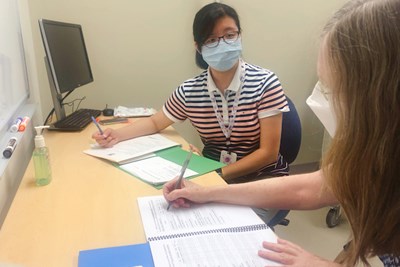
New Study Analyzes How Neighborhoods Impact the Likeliness of Falls
A new study led by Prof. of Public Health Wenjun Li, with funding from a $4 million, five-year grant from the National Institute on Aging, will analyze how older people move and use the outdoor space in their communities.


